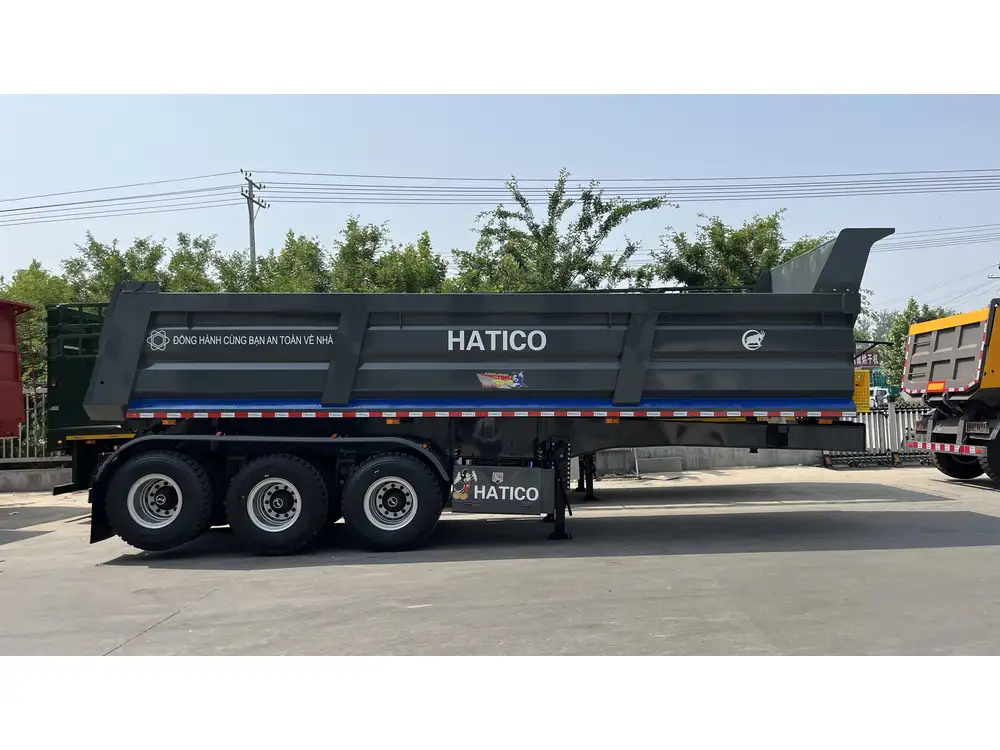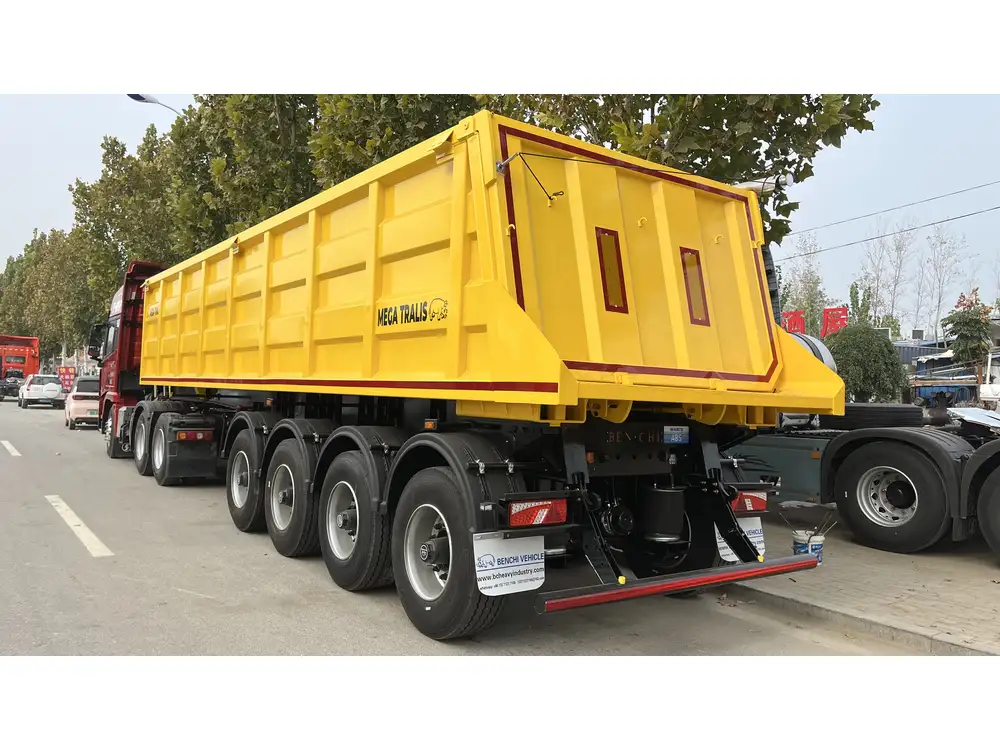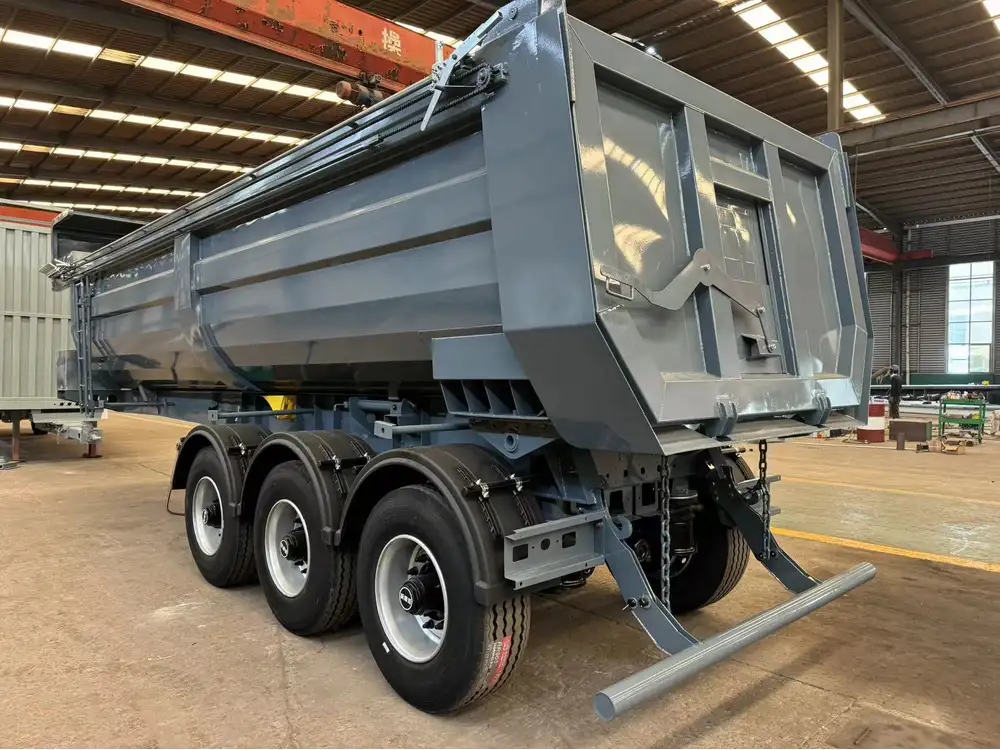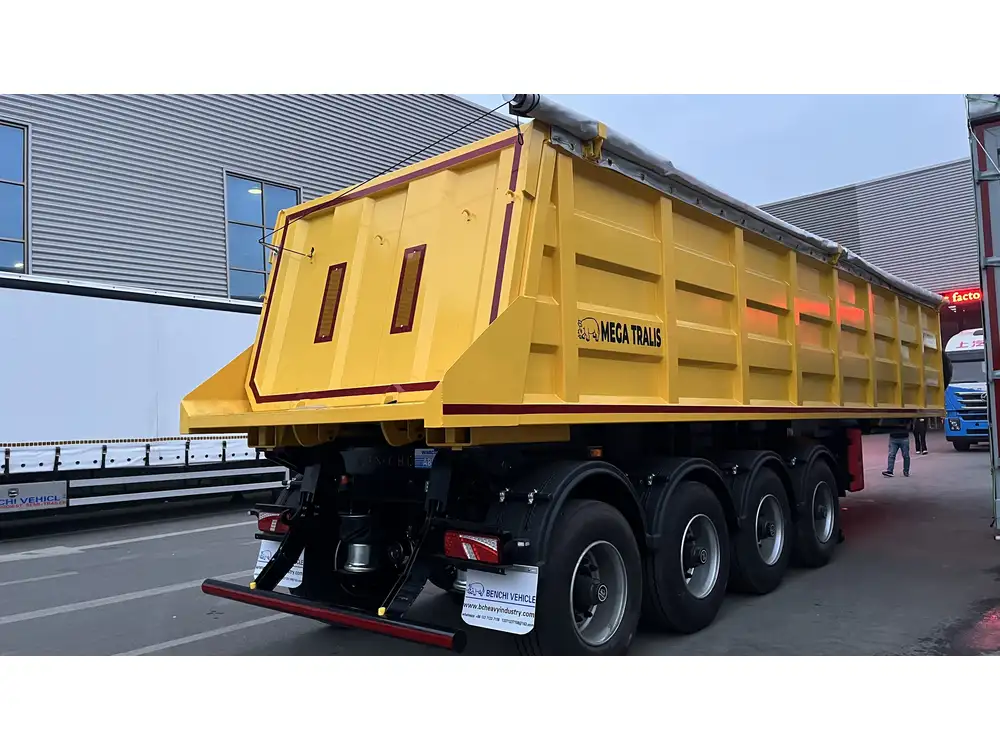Filling a trailer water tank effectively hinges on understanding the essential processes involved, while also addressing common challenges. This guide provides a detailed walkthrough, ensuring that you master filling your trailer’s water tank with efficiency and ease.
Understanding Your Trailer Water Tank
Overview of Water Tanks in Trailers
Trailer water tanks serve a variety of purposes, from providing water for agricultural needs to facilitating hospitality services in mobile ventures. They are designed to be durable and accommodate varying volumes of water, depending on your specific requirements.

Types of Water Tanks
| Type | Material | Capacity Range | Common Uses |
|---|---|---|---|
| Polyethylene | Plastic | 30-500 gallons | Agriculture, RVs |
| Stainless Steel | Metal | 50-2500 gallons | Food services, potable water |
| Fiberglass | Composite | 100-3000 gallons | Long-term storage, advanced projects |
Step-by-Step Process for Filling Your Trailer Water Tank
1. Preparation
Before you fill your trailer water tank, ensure everything is prepared:
- Inspect the Tank: Check for leaks or damage before filling.
- Gather Equipment: Have hoses, connectors, and any necessary adapters ready.

2. Connect the Hose
Procedure:
- Find the fill port on the tank, which is typically located at the top or side.
- Use a clean, non-contaminated hose to connect to the water source.
- If necessary, employ a hose filter to prevent debris from entering the tank.
3. Fill the Tank
Optimal Techniques:
- Gravity-Fed Systems: If your water source is elevated, relying on gravity can streamline the filling process, ensuring a faster flow.
- Pump-Assisted Systems: For low-lying water sources, use a pump to facilitate filling. Make sure it is compatible with the tank’s size.
4. Monitor the Filling Process
Key Considerations:
- Check Water Level: Use a sight gauge, if available, to monitor the level of water filling.
- Prevent Overfilling: Keep an eye on the tank to prevent spillage. Depending on the tank’s material, overfilling can cause structural issues.

5. Final Steps
- After the tank has been filled, disconnect the hose carefully.
- Close the fill port securely to prevent contamination.
- Record the water source and volume filled for accountability and tracking purposes.
Common Issues and Troubleshooting
Dearth of Pressure While Filling
Inconsistent water pressure can hinder filling. If you experience this:
- Check Hose Integrity: Ensure there are no kinks or blockages.
- Verify Water Source: Confirm that the water supply is not restricted by valves.

Contamination Concerns
Ensuring clean water is critical, especially for tanks used for food or potable water:
- Regularly clean hoses and tanks.
- Use non-toxic tank treatments to sanitize water.
Leaky Connections
Water leaks can lead to significant losses and inefficiencies:
- Ensure all connections are tight.
- Use thread-seal tape on threaded hose connections for an airtight fit.
Maintenance Tips for Trailer Water Tanks

Regular Cleaning and Sanitization
- Frequency: Clean your tank at least once every few months, or more often if used frequently.
- Cleaning Agents: Use food-grade sanitizers or vinegar solutions to avoid harmful residue.
Inspect Components
- Regularly check hoses, connectors, and the tank itself for wear.
- Promptly replace any damaged parts to maintain functionality.
Winterization
For regions with freezing temperatures:
- Drain the Tank: Completely empty the tank to prevent freezing.
- Add Antifreeze: Use non-toxic antifreeze specifically designed for potable water systems to protect the lines.

Frequently Asked Questions
How Often Should I Fill My Trailer Water Tank?
The frequency of filling your water tank depends largely on usage. If used daily, it may require filling once or twice a week. Regular monitoring will assist in determining your specific needs.
Can I Use Any Hose to Fill the Tank?
Using a hose that is non-toxic and food-grade is recommended, especially for potable water. Regular garden hoses may introduce harmful chemicals or debris.

What Should I Do if I Run Out of Water During a Trip?
Plan your routes around accessible water sources. Use a portable tank as backup, and consider installing a larger tank if you regularly encounter shortages.
Conclusion
Filling a trailer water tank doesn’t have to be a complicated task. By following this comprehensive guide and being proactive about maintenance and preparation, you can ensure a seamless experience every time you need to fill your tank. Remember, the key to success lies in understanding your equipment, properly connecting hoses, monitoring the process, and taking care of your water systems.
With the right approach, filling your trailer water tank can become a routine task that supports your operational needs efficiently. Embrace these practices, and you’ll optimize your water usage and enhance the longevity of your apparatus. Investing time in understanding best practices now will save you effort later, allowing you to focus on your primary business activities.



